「10年前はホログラムPPが大流行」同人誌のオススメ装丁・加工を緑陽社に聞いた
構成/原田イチボ@HEW 撮影/Matias Nakanishi
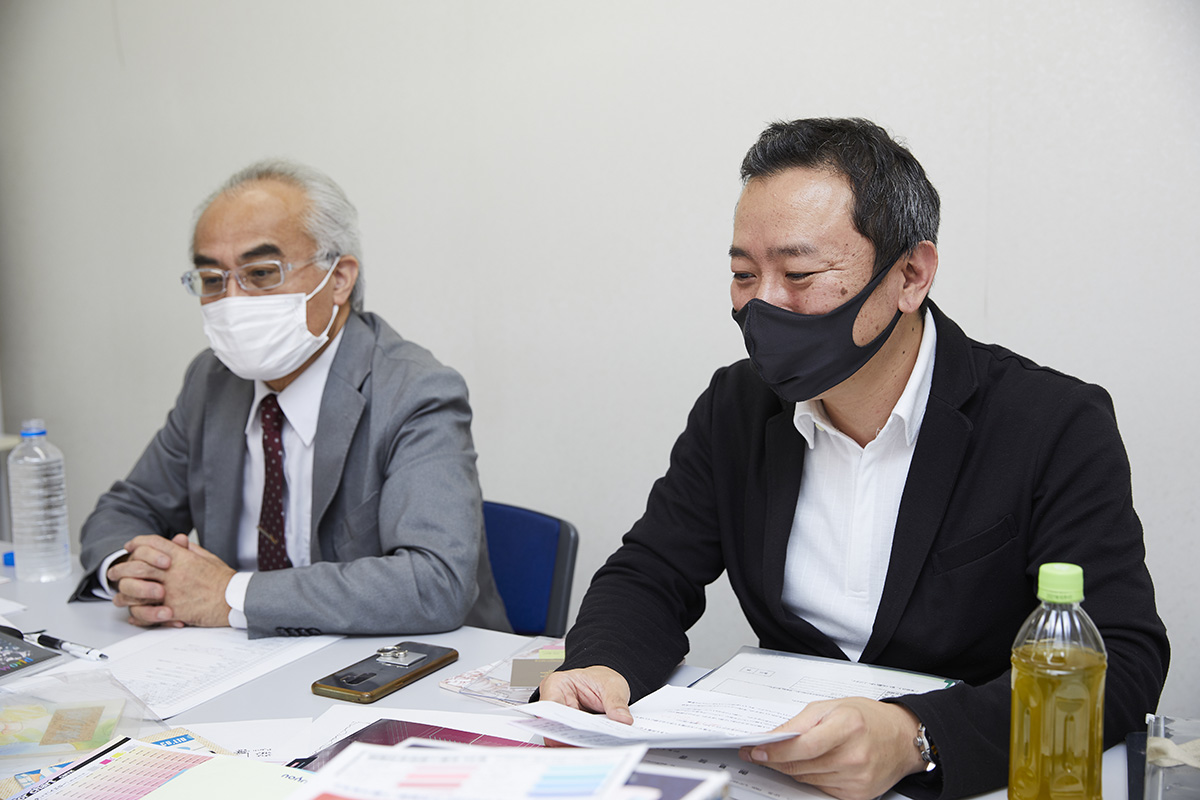
1981年に創業した印刷会社「緑陽社」の歴史は、同人誌と共にあります。数多の同人作家と組んで、斬新なアイデアを1冊の本に具現化し、印刷というアプローチから同人業界を活性化させてきました。
「印刷業とは表現産業」をモットーに事業を行う同社。代表取締役の武川優さん、執行役員で営業部部長の神保克宏さんに、同人業界への想い、そして、見栄えのする同人誌を作る方法について聞きました。
どんなアイデアも断らない姿勢はどこから生まれた?
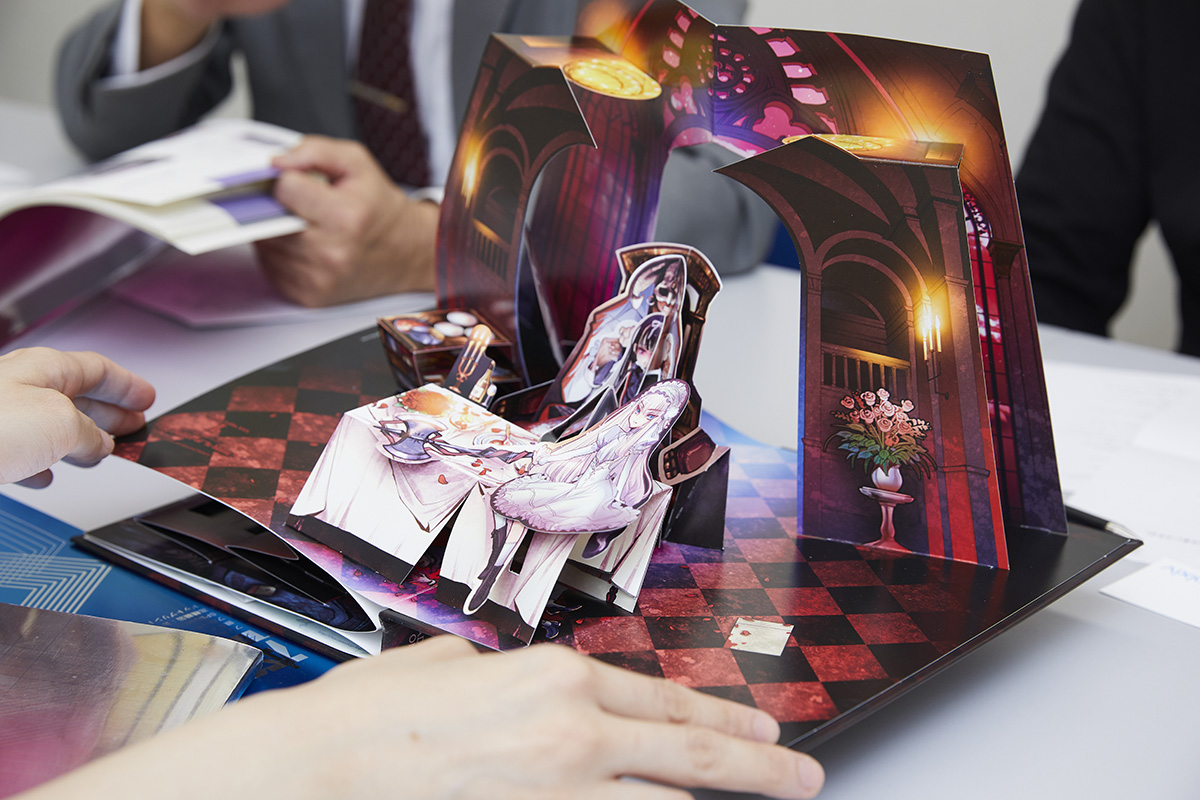
CHOCO(CHOCOLATE SHOP)さんが2012年に頒布された飛び出すイラスト集。
武川:取材を受けるにあたって、これまで弊社が手がけてきた同人誌を用意しました。これは、飛び出す絵本になっているんですよ。
── すごい! こんなに手が込んだものも制作されているんですね。
武川:作家さん本人が飛び出す仕掛けを設計されたんですが、手作業で行う糊貼りの回数はウン百万回になりますから、作業の効率化を図らないといけません。ポップアップ作家の方に監修していただきながら、「仕掛けの量を3分の2に減らして同じ効果を生む方法はないか?」といったことを模索しました。
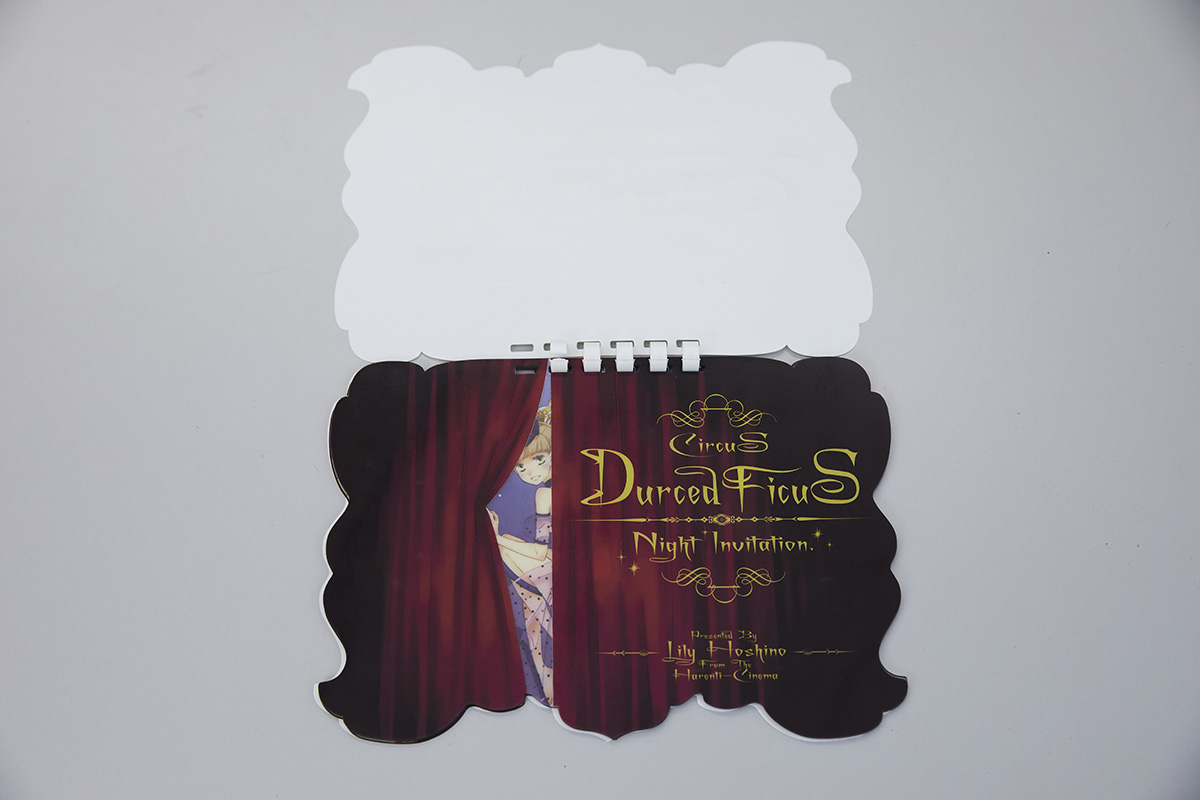
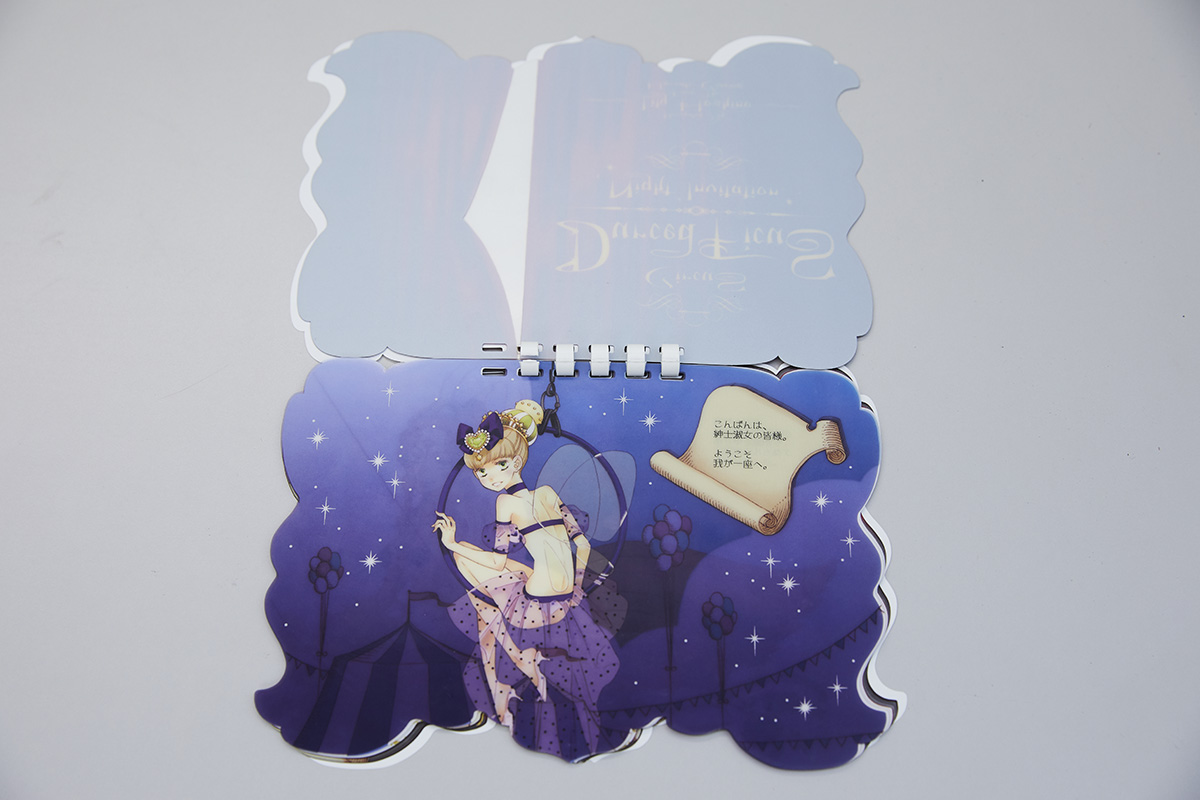
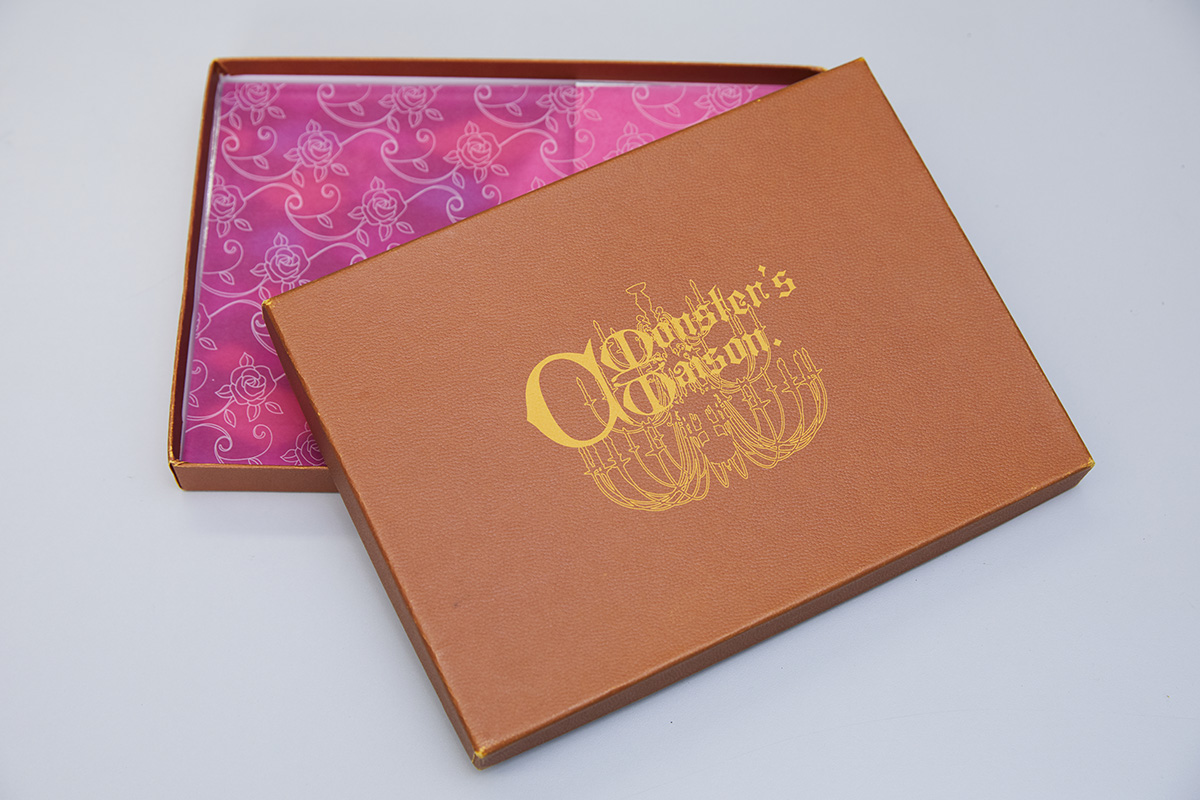
神保:こちらも星野さんの本です。チョコレートの箱を持っていらっしゃって、「こういうのを作りたい」とのことでしたので、箱の設計からスタートしました。たしか相談を受けてから完成まで2カ月はかかったかな? イメージ通りの紙が見つからなかったので、既成の紙にエンボス柄を押して、セミオーダーのような形で紙も作りました。
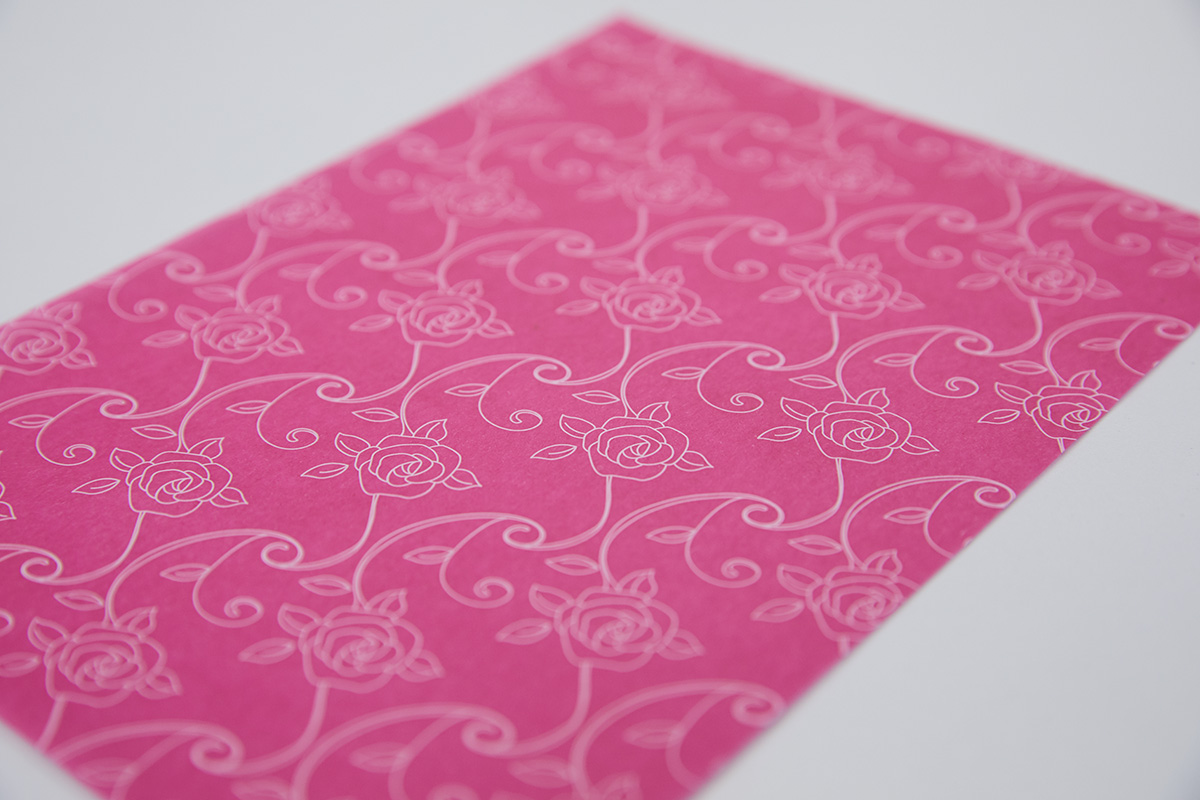
── なんだか同人誌1冊ごとに『プロジェクトX』をやっているようなイメージですね。「さすがにそれは難しい」とお断りすることはないんでしょうか……?
神保:単純にビジネスとして考えると「断る」という選択肢もあるのかもしれませんが、うちは基本的に断りません(笑)。
── 何がそこまで緑陽社さんを突き動かしているのでしょうか……!?
神保:やっぱり作家さんたちの反応ですよね。それまですごく苦労しても、皆さんの「思い通りのものができました」という笑顔で報われます。
── 緑陽社さんの「断らない姿勢」は、どこから生まれたものなのでしょうか?
── 「どの印刷所でも断られたけど、緑陽社さんだけが引き受けてくれた」という作家さんも多いです。
1サークルに27トン搬入した、同人バブルの思い出

── 現在はデータ入稿が主流ですが、アナログ時代と比べて、仕事は楽になったのでしょうか?
── アナログ入稿の時代は、〆切当日も今とは比べ物にならないくらいバタバタだったのではないでしょうか?
── 文化祭の前日が1年に何度もあるような印象ですね。大変だけど、楽しそう。
神保:そうなんです。
武川:8、90年代の同人業界は、エネルギーがすごかったですよね。当時、劇場アニメのアンソロジーを作ったグループがいたんですが、SNSなんてないでしょう? 「○○の本を作ります!」というチラシを大量に配ってメンバーを募集して、100人くらいの作家から集まった原稿を全部載せていた。640頁位になりました。今では想像もつかない熱量ですよね。
── 緑陽社さんは、いわゆる同人バブルの時代も体験していますよね。当時の印象的なエピソードはありますか?
絵が描けなくても華やかに見える装丁・加工は?

── 年代ごとに流行した装丁はありますか?
神保:5、6年前はフランス表紙(長い表紙をカバーのように内側に折り畳んだもの)が流行りました。すっかり定番になりましたが、10年ほど前はホログラムPPが大流行でした。
── たしかに一時期、どの同人誌も表紙がキラキラしていました!
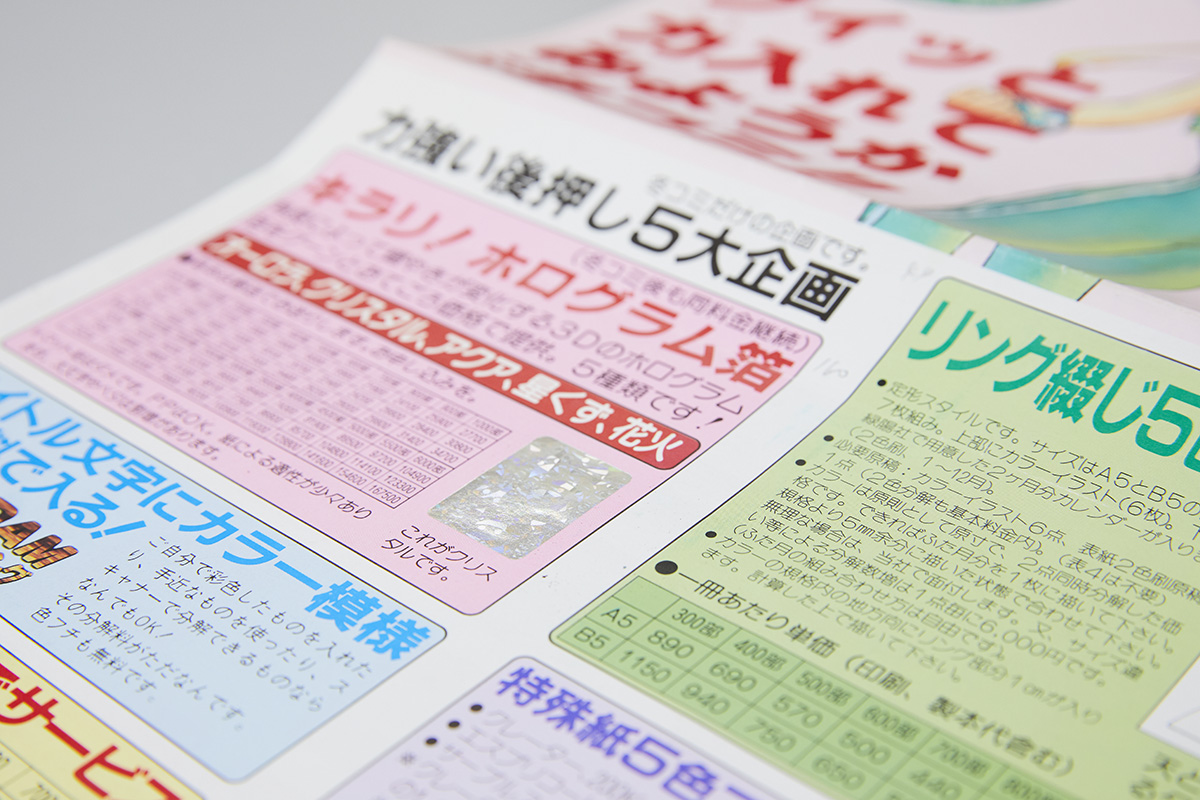
神保:上製本は小説サークル、イラスト・漫画サークルの両方から人気です。
武川:総集編を上製本で出すサークルが多い印象ですね。書店で売られている書籍のような仕上がりになるので、見栄えがいいのはもちろん、自分の記念にもなります。
── 他にオススメの装丁・加工はありますか?
神保:特に総集編に向いているのが、PUR製本(柔軟性のある「PUR」糊を使った綴じ方)です。大きな角度で開きますから分厚くても読みやすく、イラストもきれいに全体を見せられます。
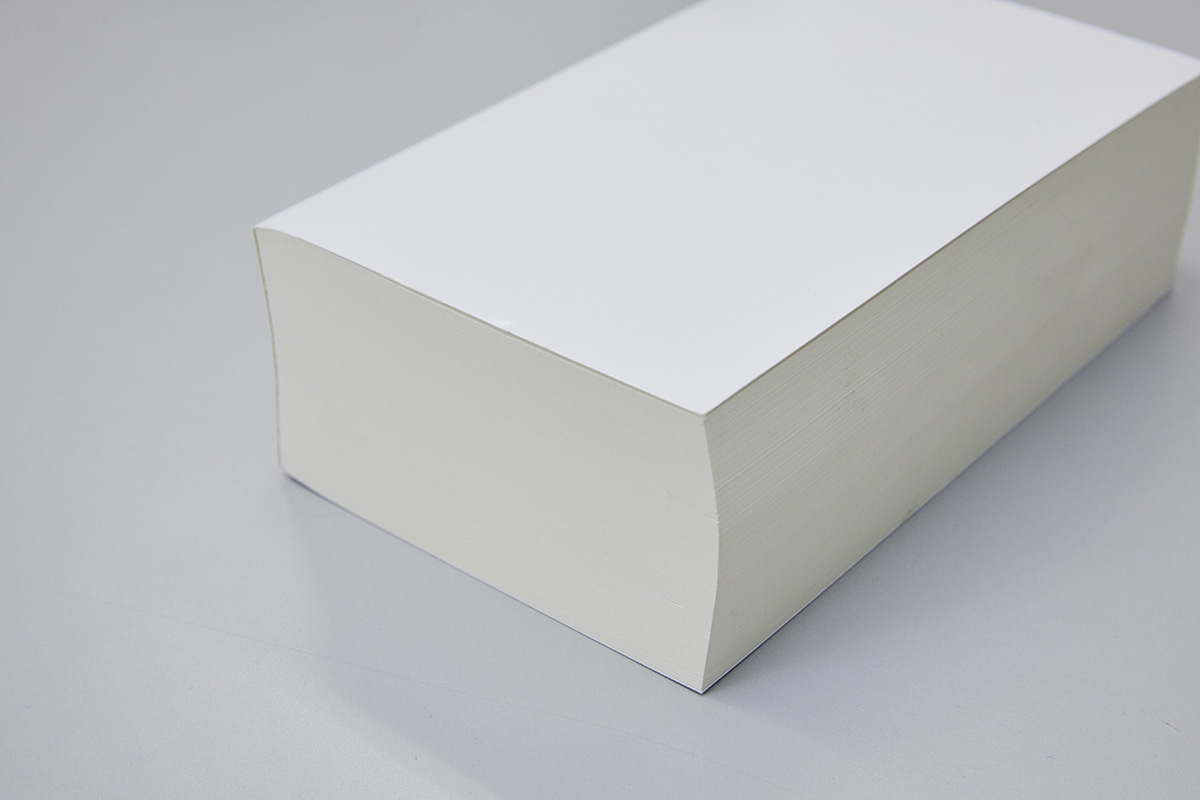
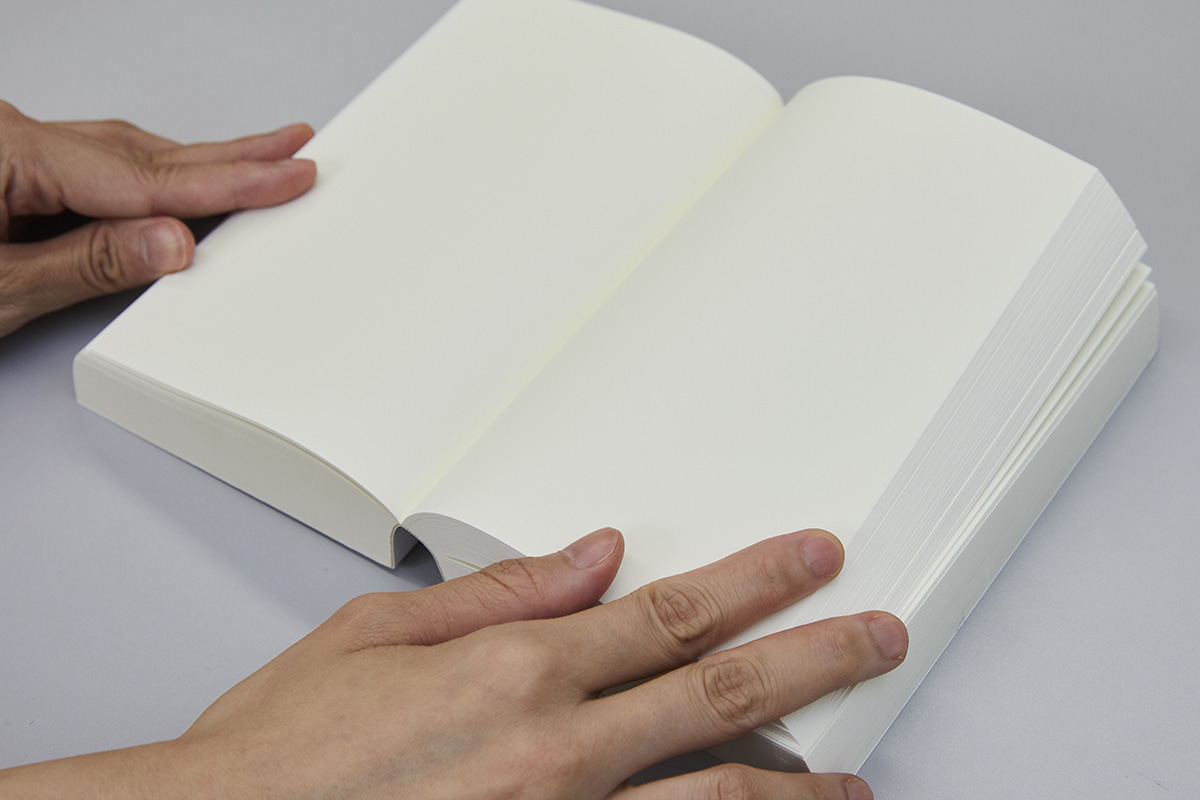
── 「絵が描けないので、どうしても地味な表紙になってしまう」という悩みを抱えている小説サークルは多いかと思います。どんな装丁・加工を選ぶといいでしょうか?
武川:そんなときは、紙の魅力で勝負するのもいいですよ。当社はプリントしたオリジナルの遊び紙も作っています。紙には力を入れています。
あとは空押し加工(箔材を使わず、プレスのみで凹凸をつけること)を使ってもいいし、表紙に穴を空けた加工をして、下の何かをのぞかせるなんてアイデアもよさそうです。
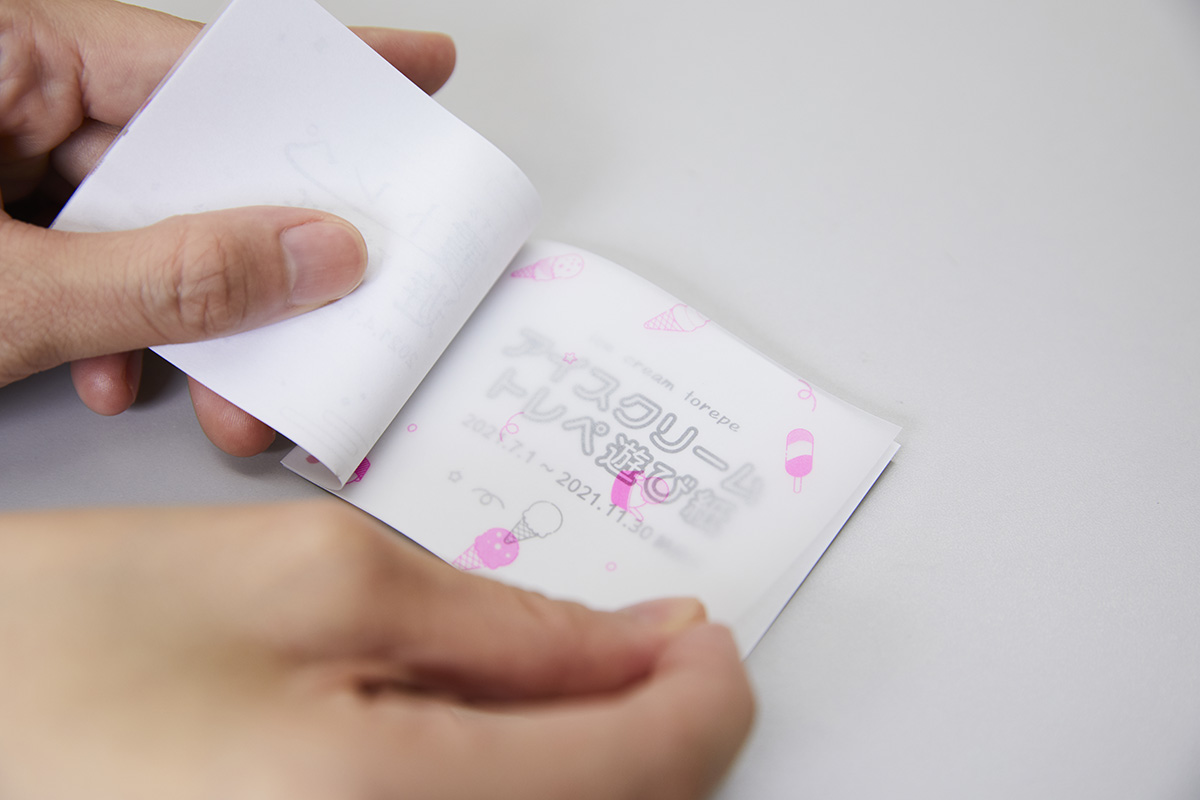
遊び紙を挟むだけで華やかに。緑陽社さんでは季節ごとに遊び紙の新作が出ています。
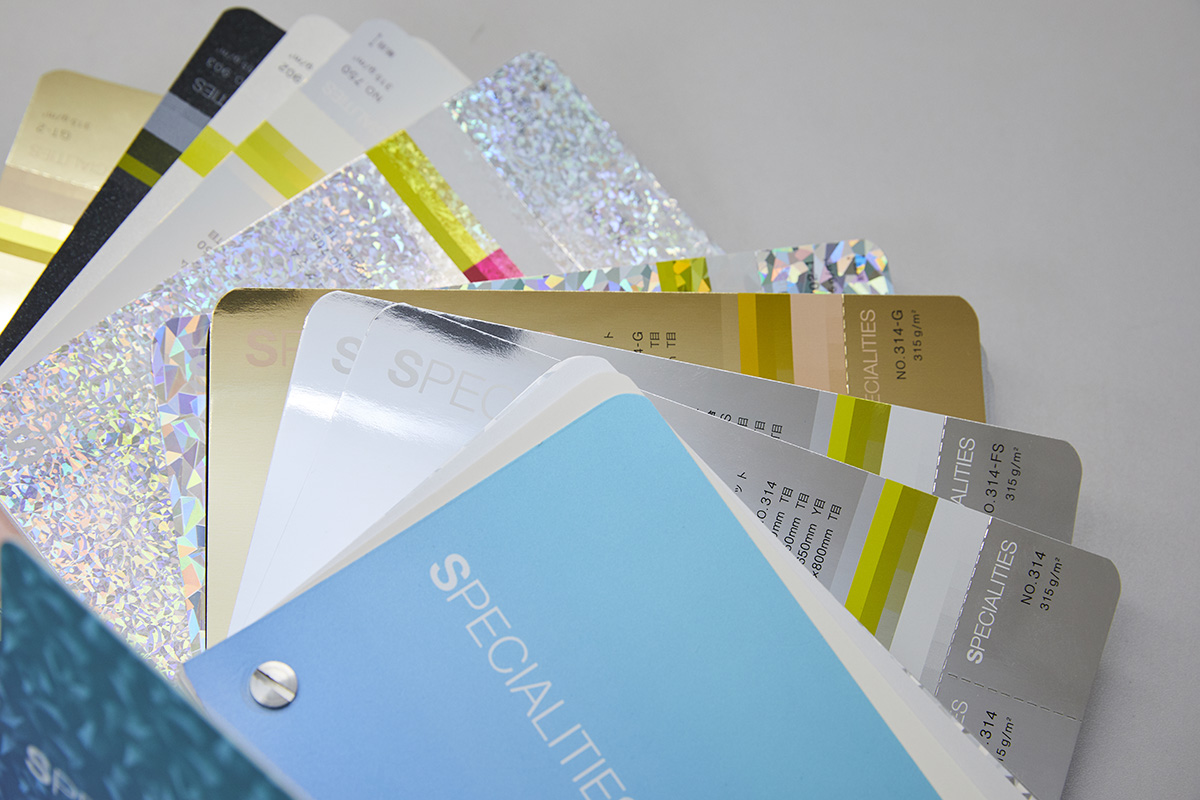
── 「絵が描けないけど、加工・装丁で華やかに見せたい」のような、ふんわりとした相談をしてもいいものなのでしょうか?
武川&神保:もちろん!
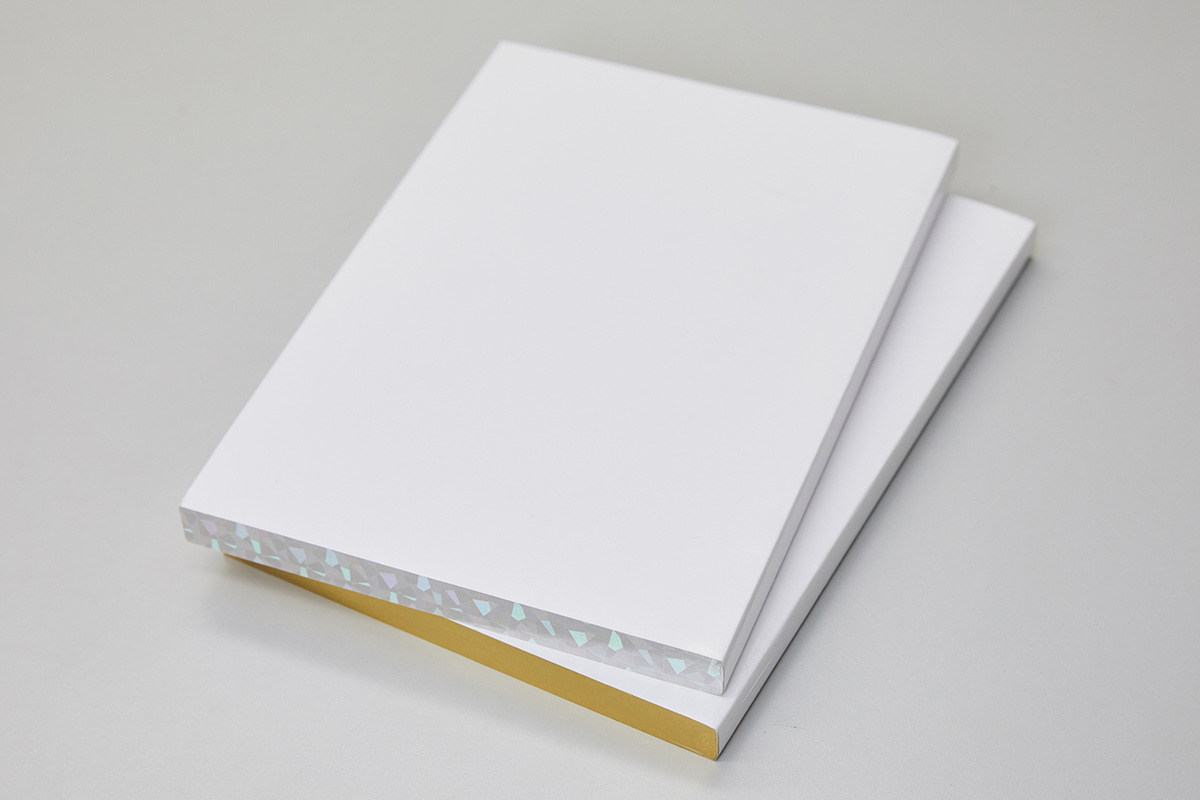
ホログラムやメタリックの天金加工もあるそう。ただ、こちらはちょっとお高いそうです(笑)。
── 緑陽社さんでは、初心者向けのオンライン相談室も活発に開催していますよね。
武川:コロナ禍の中で「オンラインで何かできないか」とスタートした試みなのですが、もっと昔から開催していてもよかった。それくらい手応えを感じています。
神保:アナログ原稿の時代は、入稿のために来社いただいたタイミングで、サークル初心者さんの困りごとなどを聞くことができていたのですが、今はデータ原稿をネット経由で入稿するのが主流ですからね。初めての方の声を聞きやすい環境を作れたという点で大変意義があります。
── 緑陽社さんは、グッズ制作にも力を入れていて、メモ帳、エコバッグ、マスク、石鹸と多彩なオリジナルグッズを制作することができます。
神保:「こういうグッズも作れたらいいよね」と増やしているうちに、気づいたら500種類以上になっていました(笑)。1枚絵をいい感じに見せられるということで、今はアクリルキーホルダーが男女両方から需要が高いです。
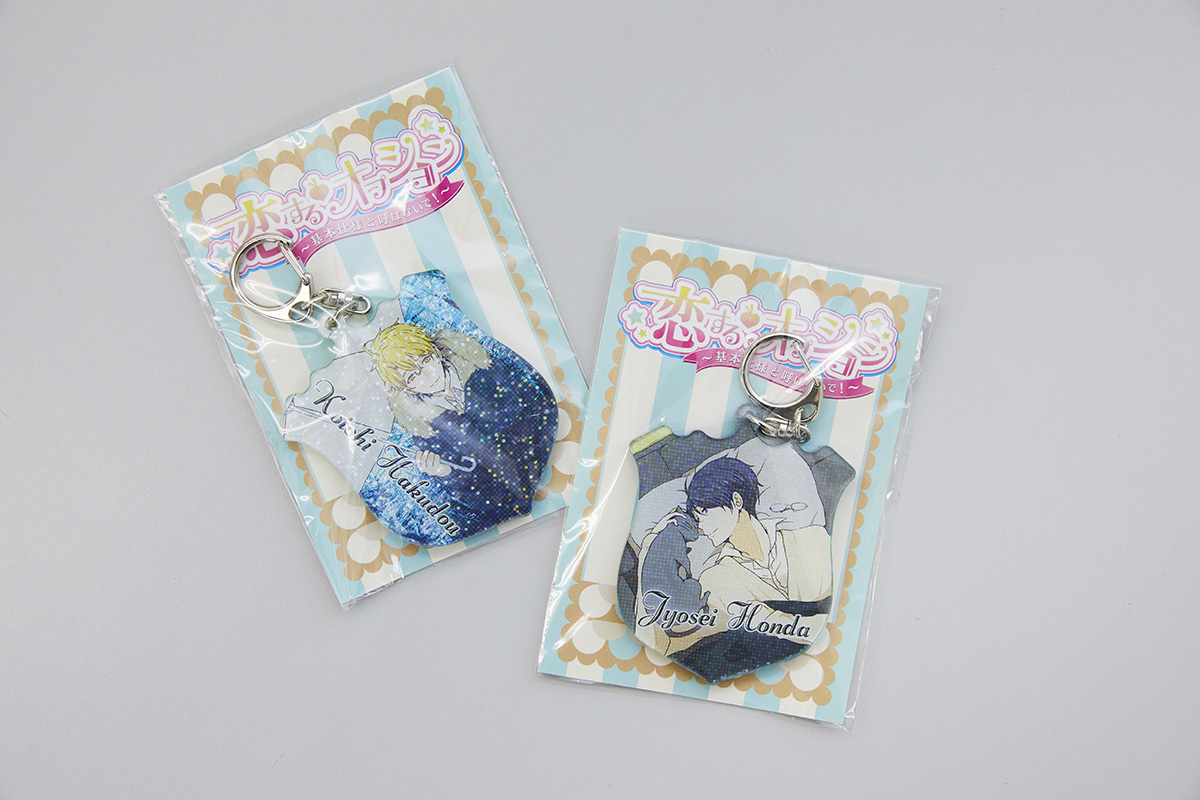
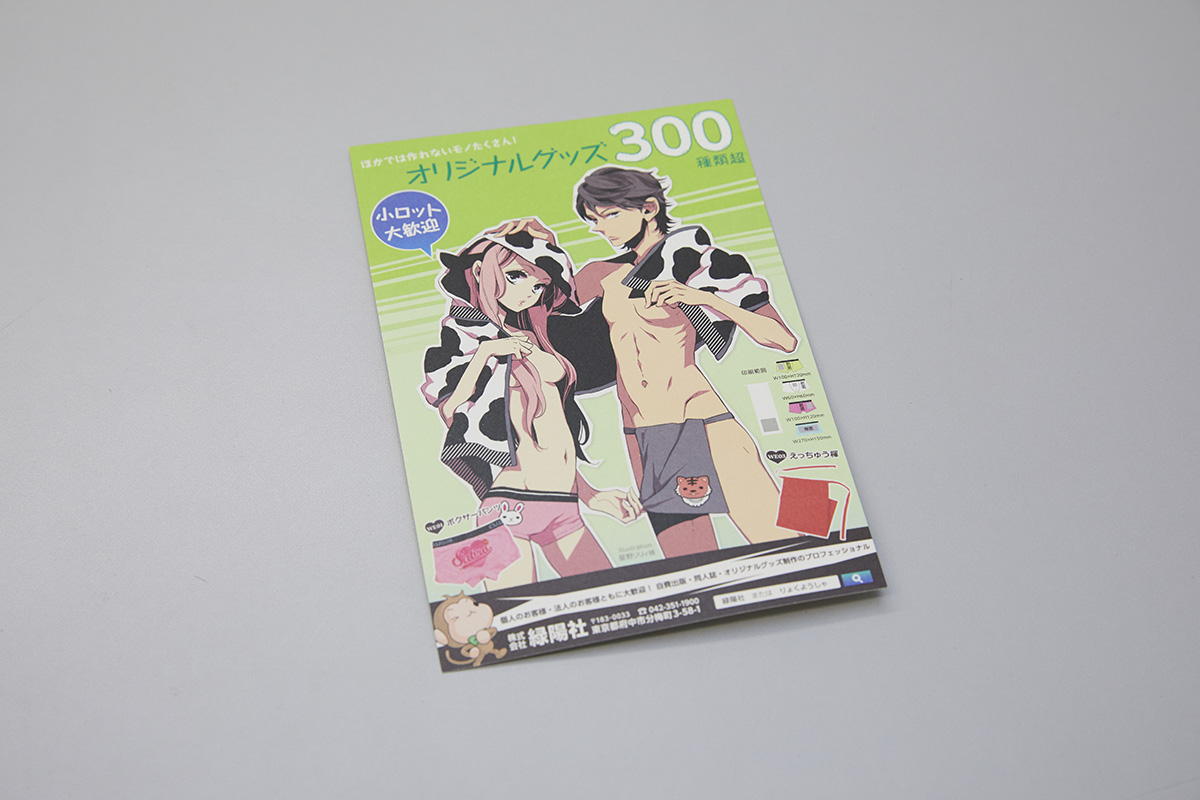
同人誌の「各業界を動かす力」は馬鹿にならない
── 武川さんはご自身でも「本フェチ倶楽部」というサークルとしてイベントに参加しているんですね。
武川:コミケにはもう12、3回欠かさず参加して。オリジナルの小説なども頒布しています。自分のサークルで一度やってみたいのが、「むしり加工」です。その名の通り、紙をむしった状態で綴じているんですよ。こちらの加工を使った本というのは、商業でも同人でも前例がないんじゃないかな。今はまだ高価だけど、専用のむしりマシンなどを用意できれば一般的な加工になるかもしれません。同人って、実は新技術の開発にも密接に関わっている業界なんですよ。
── たしかにお話を伺ってみて、大手印刷所だったら断られるような難題にも果敢に挑んできたことがわかりました。個人が少部数で制作しているからこそ実現したアイデアが同人業界にはたくさんあるんですね。
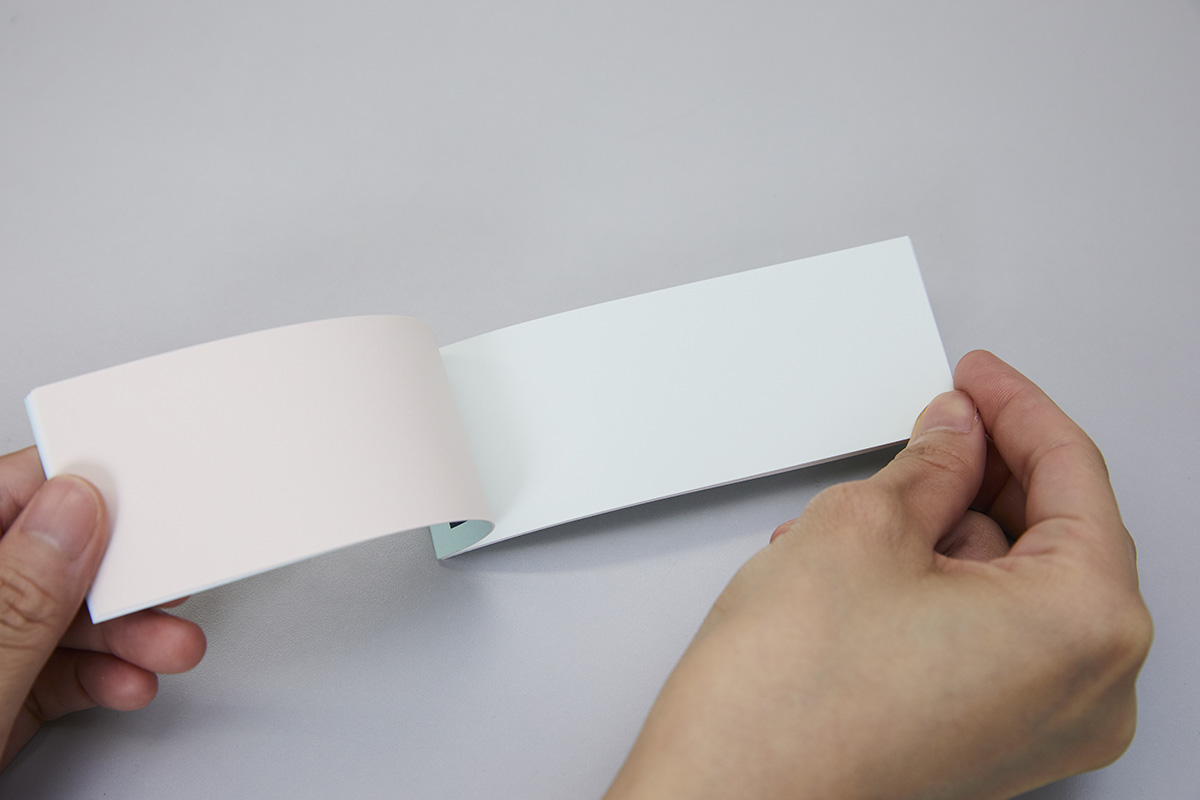
緑陽社さんが開発した「コミックルンバ」。さらりとして手触りがよかったです。
── 緑陽社さんは、公式サイトに「印刷業とは表現産業」というメッセージを掲げていらっしゃいますね。
武川:お客様が生み出した表現物を一番効果的な方法で発信するためのサポートをするのが、われわれ印刷業の役割です。ただ現代は、本を作る楽しみを啓発することを印刷所がサボタージュしていると感じる部分もありまして……。
── サボタージュとは?
武川:うちの会社にも言えてしまうことなのですが、正直なところ、今の印刷所のチラシにはどれもあまりエネルギーを感じません。昔のチラシを見ていると、ある業者が新技術を発表して、後続はそれに追いつこうとして……という競争が感じられます。その切磋琢磨によって、サークルさんも使える表現の幅が広がって、業界全体が盛り上がっていきました。
「ある程度、技術が開発されきって落ち着いた」というのも一因でしょうが、私はそれだけではないと思っています。印刷屋が攻め続けていれば、「そういう表現もあるのか」と作家さんたちに影響を与えられるはず。われわれ印刷屋は「こういうことができます!」と発信していくことにもっと力を注いでいく必要があります。
── 同人業界を盛り上げるために、印刷所の果たす役割は大きいんですね。最後に、同人誌を出すことに興味がある人へのメッセージをお願いします。
神保:そんなに難しいことをせずとも、トレーシングペーパーの遊び紙からカラー口絵を透けさせるなど、定番のメニューの組み合わせで華やかに見せるやり方はいくらでもあります。何かしらイメージを語っていただければ、こちらからも具体的な方法をご提案いたします。
武川:いろいろ見本なども用意していますので、そちらを見ていただければ、「なるほど。こういうものもあるんだな」とイメージが湧くはずです。ですから、まずは難しく考えず気軽にご相談ください。
